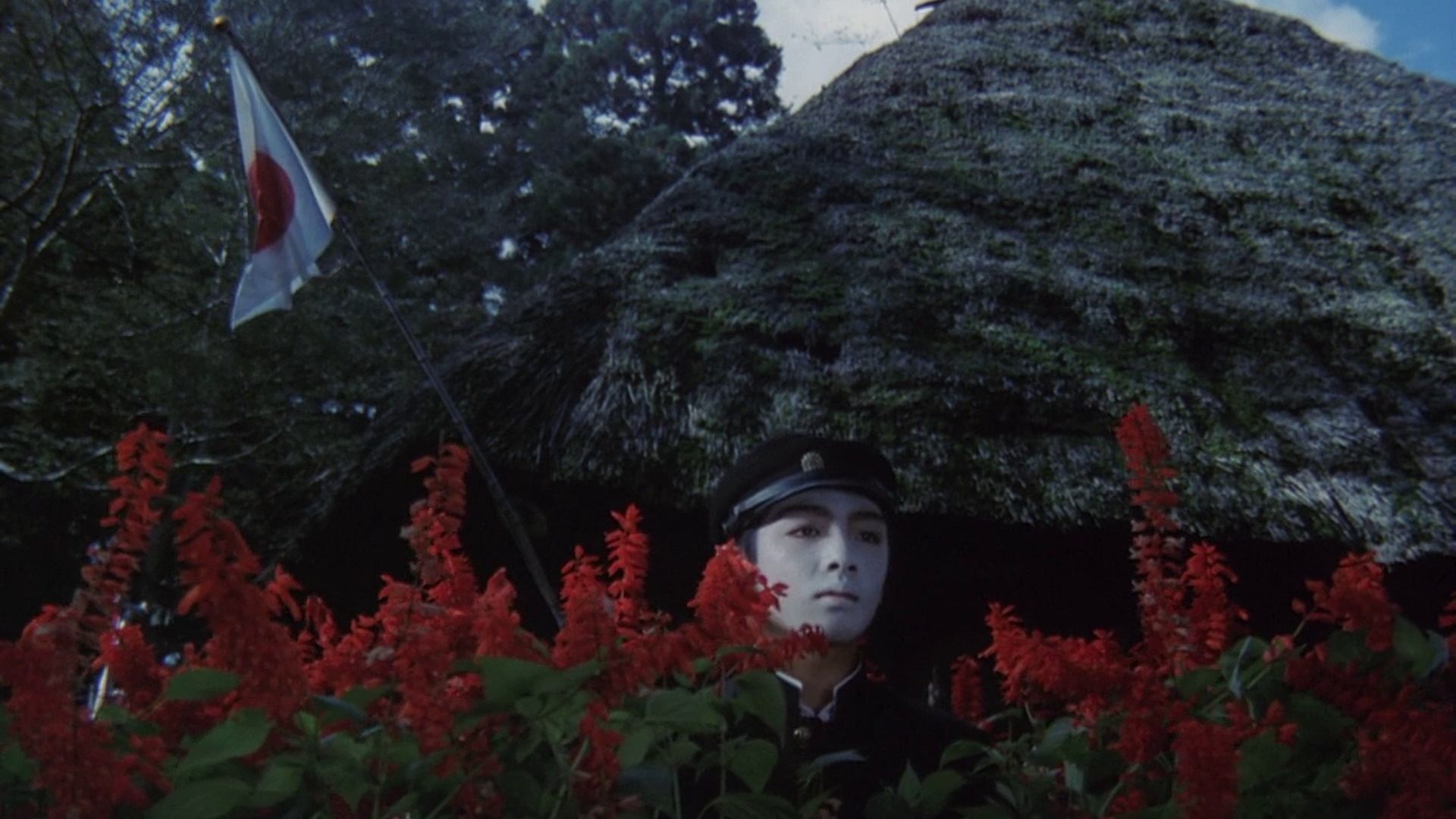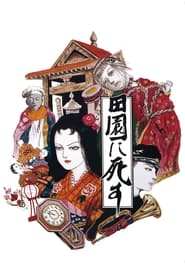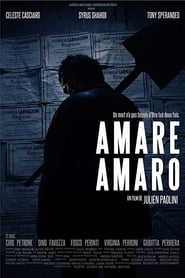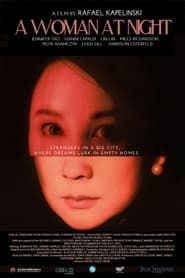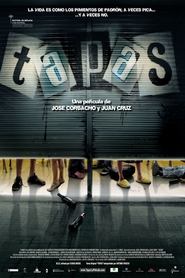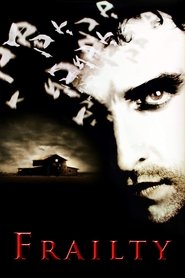
Video Sources 0 Views
Synopsis
Watch: 田園に死す 1974 123movies, Full Movie Online – A young boys’ coming of age tale set in a strange, carnivalesque village becomes the recreation of a memory that the director has twenty years later..
Plot: A young boys’ coming of age tale set in a strange, carnivalesque village becomes the recreation of a memory that the director has twenty years later.
Smart Tags: #japanese_new_wave #surrealism #psychedelic #coming_of_age #teenage_runaway #mother_son_relationship #female_nudity #death_of_child
Find Alternative – 田園に死す 1974, Streaming Links:
123movies | FMmovies | Putlocker | GoMovies | SolarMovie | Soap2day
Ratings:
Reviews:
An amazing film by one of the most under-appreciated directors of all time
Pastoral: To Die in the Country, also known as Pastoral: Hide and Seek,is a visionary masterpiece based on avant-garde director Shuji Terayama’s play and a series of haiku poems about his childhood. It’s a colorful and a metaphorical trip to his past, which touches on a bunch of topics which I’ll try to explore in this review.
Although not fully an autobiographical movie (the grown up character supposed to be Terayama isn’t played by himself), Terayama’s protagonist (labeled in the credits as “me as a boy”) has a similar life story. His father died in WW2, and his domineering, overprotective mother took over raising little Shuji. They live in a small village whose other residents bear similarities to Fellini’s caricatural style in aforementioned Amarcord. Shuji’s village is also a home to a stereotypical WW2 soldier and an outcast woman who ends up drowning her own baby due to the other villagers’ superstitious beliefs. The village is run by a coven of old hags dressed in black cloaks and wearing eye-patches, who fuel the entire place with superstition.
Near the village there’s a circus of various bizarre characters who take part in various sexual escapades and oddities (such as the woman in a rubber suit, who begs of others to inflate it). After visiting the circus, Shuji finally decides to elope from the village with a woman next door whom he wants to have sex with; however, his mother stands in the way of his escape.
Then, suddenly, the film reel ends and we see that everything we’ve witnessed so far is just a film within another film, which sees adult Shuji discuss a variation of the grandfather paradox with his friends and thinking about how his childhood wasn’t as ideal as he remembers it (even though the flashback bits have a dark side to them). He returns to the past and has lengthy conversations with his young self. The film ends with adult Shuji having supper with his mother; the back walls collapse, making way for a giant city to reside in the background.
The first theme Pastoral tackles is the floaty nature of memory. The very first shot features young Shuji playing kakurenbo (hide and seek, therefore explaining the second title the film’s known under) in a cemetery – his playmates hide and the people he knew in his youth come into view from behind the tombstones. This is where we see that the people from his past, including himself, have their face painted white, like ghosts usually do in Japanese mythology. They really are the faded- out ghosts of his past. In the present day segments, adult Shuji talks a bit about his imperfect memory.
The movie also says a few words about the state of Japan after the war – his village, representing Japan, is stuck in time and tradition. Shuji’s house has a broken wall clock, which his mother naturally doesn’t want to fix. He wants a hand watch, but she denies his wish (he gets it after losing his virginity at the end). The colorful circus nearby represents the modern world, which doesn’t care about tradition at all. The village’s train tracks, on which the soldier sleeps on, represent the path to the modern world which little Shuji desperately wants to take.
The visual style is really something amazing. I like how each setting is color coded: – the director’s earliest memories are sepia toned, like in a silent film – the outside locations, like the “Scary Mountain”, are painted in dark blue or purple colors – the circus segments are very colorful and have kaleidoscopic filters; radiant blue, green, yellow and orange colors dance around themselves – the present day/city scenes are black and white with loads of chiaroscuro play, like a film noir.
The narrative is all around the place. The short vignettes often begin with one of Terayama’s haiku poems, not to mention the fragments of the past and the present clashing in various forms. Some shots of exact same locations are repeated in different filters, large doors and openings lead to other, differently colored locations The Wizard of Oz-style, expressionistic colors are exhibited throughout, etc. Some repeating images are: a Hannya mask, crows and ravens, a dead schoolgirl, scarecrows, a scarecrow that looks like a dead schoolgirl, plastic windmill toys, clocks, mirrors… Most of these objects held personal significance for Terayama, as he kept inserting them into his plays and films.
The film is set on The Scary Mountain, a volcanic area with colorful toy windmills attached to its stones. This location, Mount Osore (“Mount Fear”) actually exists. It’s a volcanically-active site filled with bubbling pits that are noted for their unearthly hues and noxious fumes. The site is said to be guarded by Jizo, the bodhisattva of Hell and the guardian of children. Thus, visitors have presented many offerings (nuigurumi) next to Jizo’s statues, mostly children’s toys (windmills), clothes and stones. Other parts of the film are also inspired by Japanese culture, like the Hina Matsuri dolls which are seen floating down the river at one point.
Pastoral is a beautiful work of art, a very personal film for Terayama and certainly one of those films which remain in your memory. The excellent choral soundtrack by J. A. Seazer is also worthy of mention, same as the excellent DVD cover art by the great Kazuichi Hanawa which is one of the better ones I’ve seen lately. Bottom line – see this film as soon as possible! It’s just brilliant.
Review By: mevmijaumau
Other Information:
Original Title 田園に死す
Release Date 1974-12-28
Release Year 1974
Original Language ja
Runtime 1 hr 44 min (104 min), 1 hr 42 min (102 min) (Japan)
Budget 0
Revenue 0
Status Released
Rated N/A
Genre Drama, Fantasy
Director Shûji Terayama
Writer Shûji Terayama
Actors Kaoru Yachigusa, Keiko Niitaka, Masumi Harukawa
Country Japan
Awards 2 wins & 3 nominations
Production Company N/A
Website N/A
Technical Information:
Sound Mix Mono
Aspect Ratio N/A
Camera N/A
Laboratory N/A
Film Length N/A
Negative Format 35 mm
Cinematographic Process N/A
Printed Film Format 35 mm
Original title 田園に死す
TMDb Rating 7.574 68 votes
Director
Director


